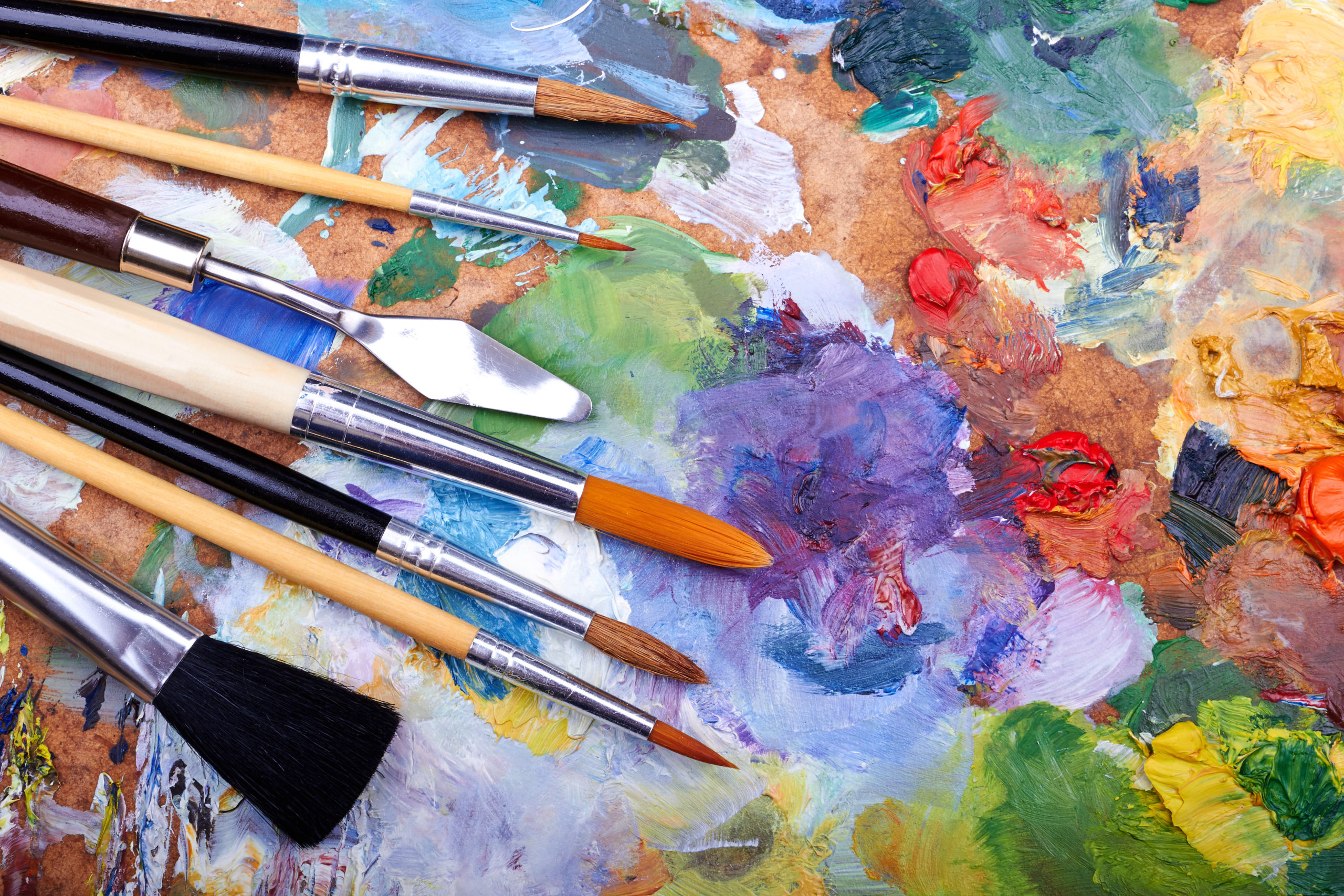Applied Art

Applied Art is probably more of a vocation than a choice. “Painting,” said Edgar Degas, “is easy to do when you don’t know how, but very difficult when you do.”
Degas understood that learning is but the first step on the road towards mastery of any art form. If that your talent would benefit from a challenging environment, then studying Art might well be the option for you.
Only a few graduates manage to make a living from working as full-time artists. However, art courses can still offer good career prospects in a variety of fields. Here are just some of them:
- Advertising
- Art administration
- Teaching
- Design
- Media production
- Photography
- Art therapy
Applied Art Education
Ordinary and Honours level degrees in Fine Art, Art & Design and Visual Arts are available from several of Institutes of Technology and from the National College of Art & Design.
These courses provide learners with a solid grounding in a variety of artistic formats. The traditional forms of drawing, painting, printmaking, sculpture, and so on, are generally supplemented by modules in computer-aided design and other digital media. Students usually go on to specialise in one of these. Specialisation will often involve a large degree of self-directed learning. Therefore the ability to self-motivate is important.
An art degree will educate students in art history and theory. This is an important aspect of students’ development. It teaches them to critically evaluate the works of peers, but also their own artistic output. Indeed, the ability to coolly revise and rework a project can be indispensable.
Degree courses usually require applicants to submit a portfolio of work for assessment. Contact the college in question to find out more about the specific requirements.
Many local colleges and colleges of further education dotted around the country also provide one-year Level 5 Certificates in Art and in Art & Design. Typical modules ofter include Drawing, Painting, Printmaking, Graphic Design, and Metalwork. All these courses enable graduates to apply for third-level Art degrees.
Several local colleges also provide one-year Portfolio Preparation courses, which are specifically designed to prepare students for higher education.
The Work
A fairly small proportion of graduates go on to become fully-fledged professional artists. Most will supplement their income with another job or commit themselves to an art-related career.
Art therapy is a growing area of interest to Art graduates. People of all ages who are faced with illness, disability or difficulty in everyday living can experience the joy of creatively expressing themselves, which in turn helps health professionals to identify their illnesses and worries.
Arts administrators is something else for the Art graduate to consider. These work in cultural venues such as theatres, art centres, and galleries. They work with artists and artistic directors, and carry out functions such as marketing an event/installation, ensuring everything in the facility runs smoothly. Local authority arts officers seek to promote community interest in the arts by supporting artists, as well as by providing information and advice to the public and local organisations.
Did you know?
It is believed that Van Gogh sold only one picture during his lifetime – Red Vineyard at Arles.


Leave a comment